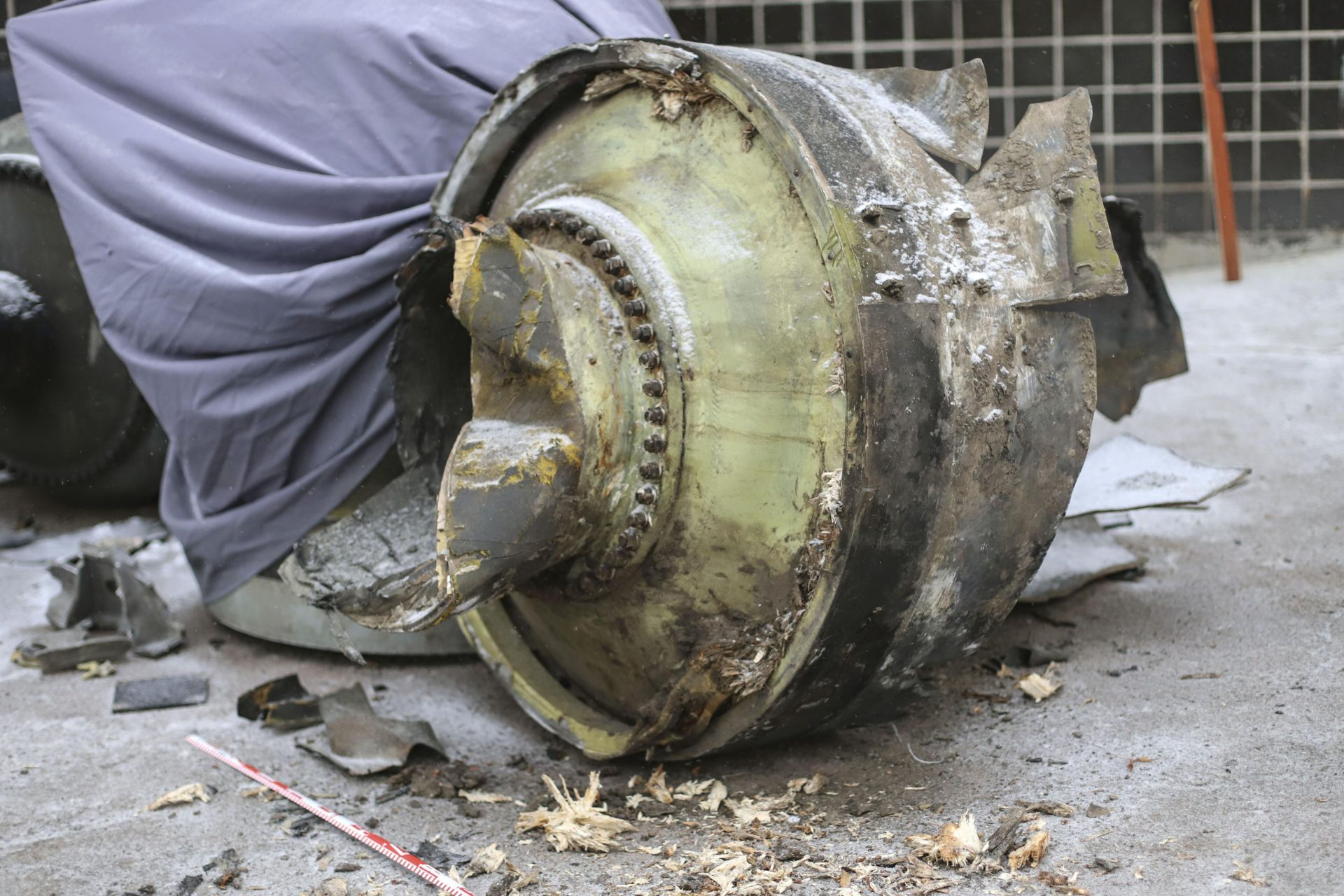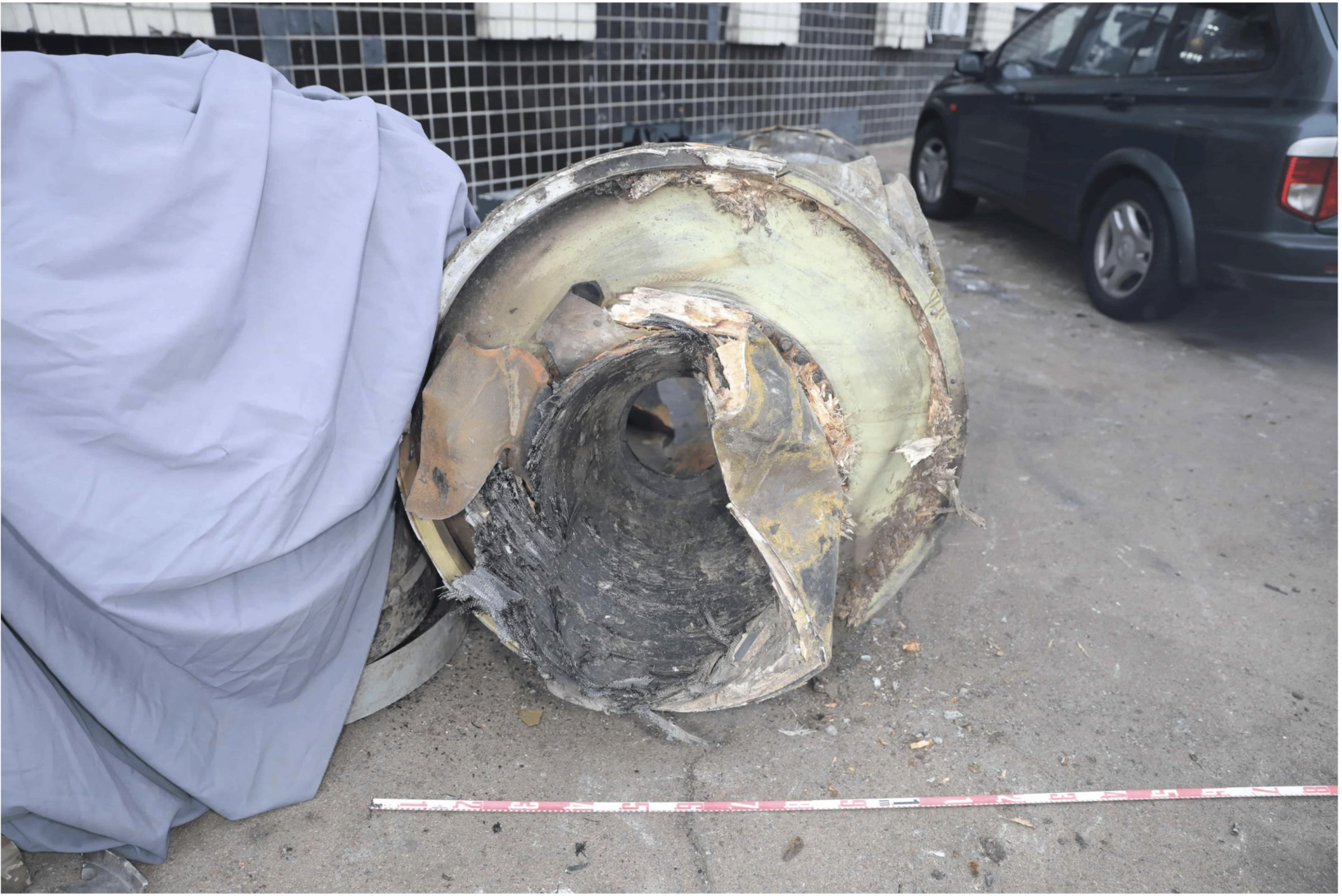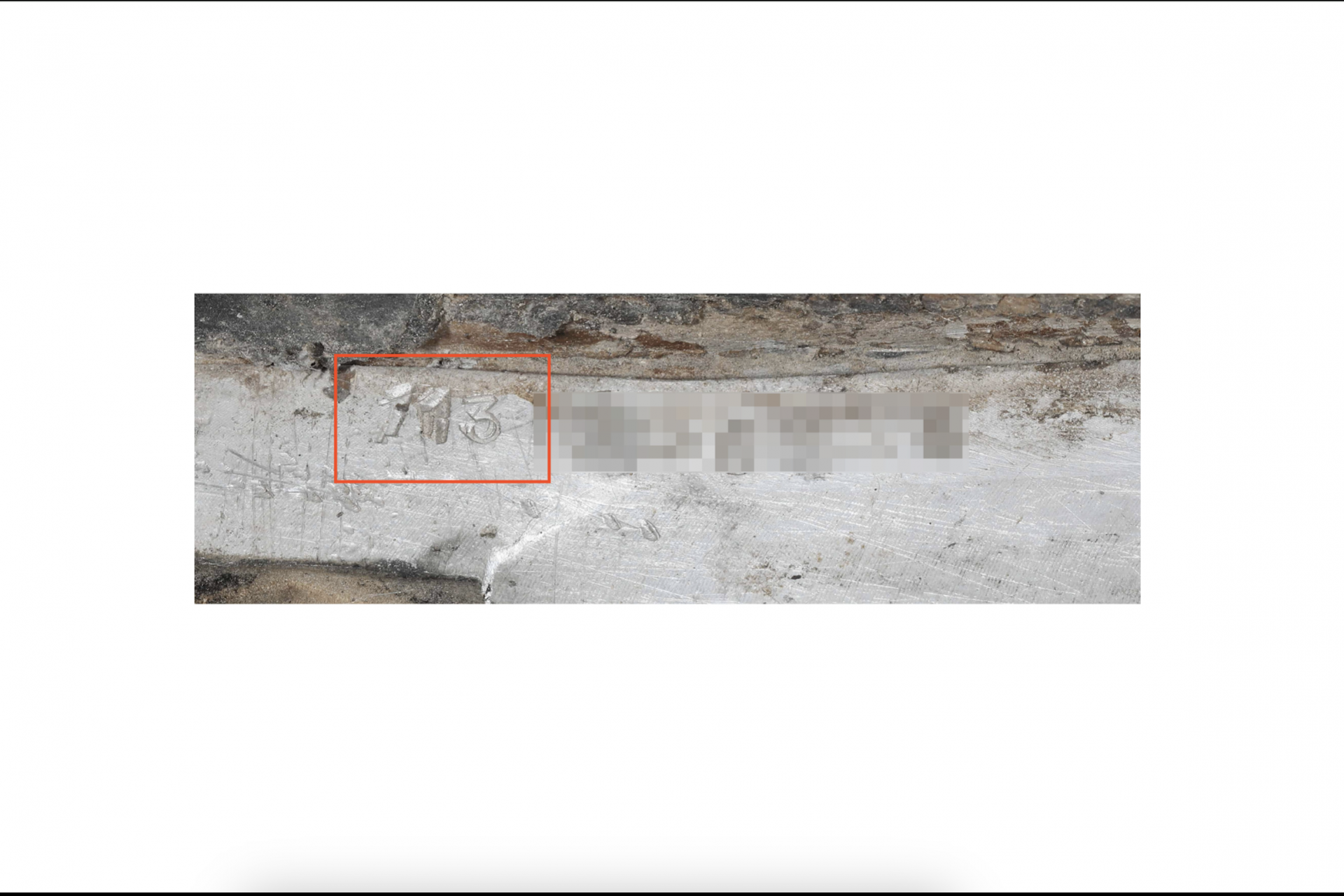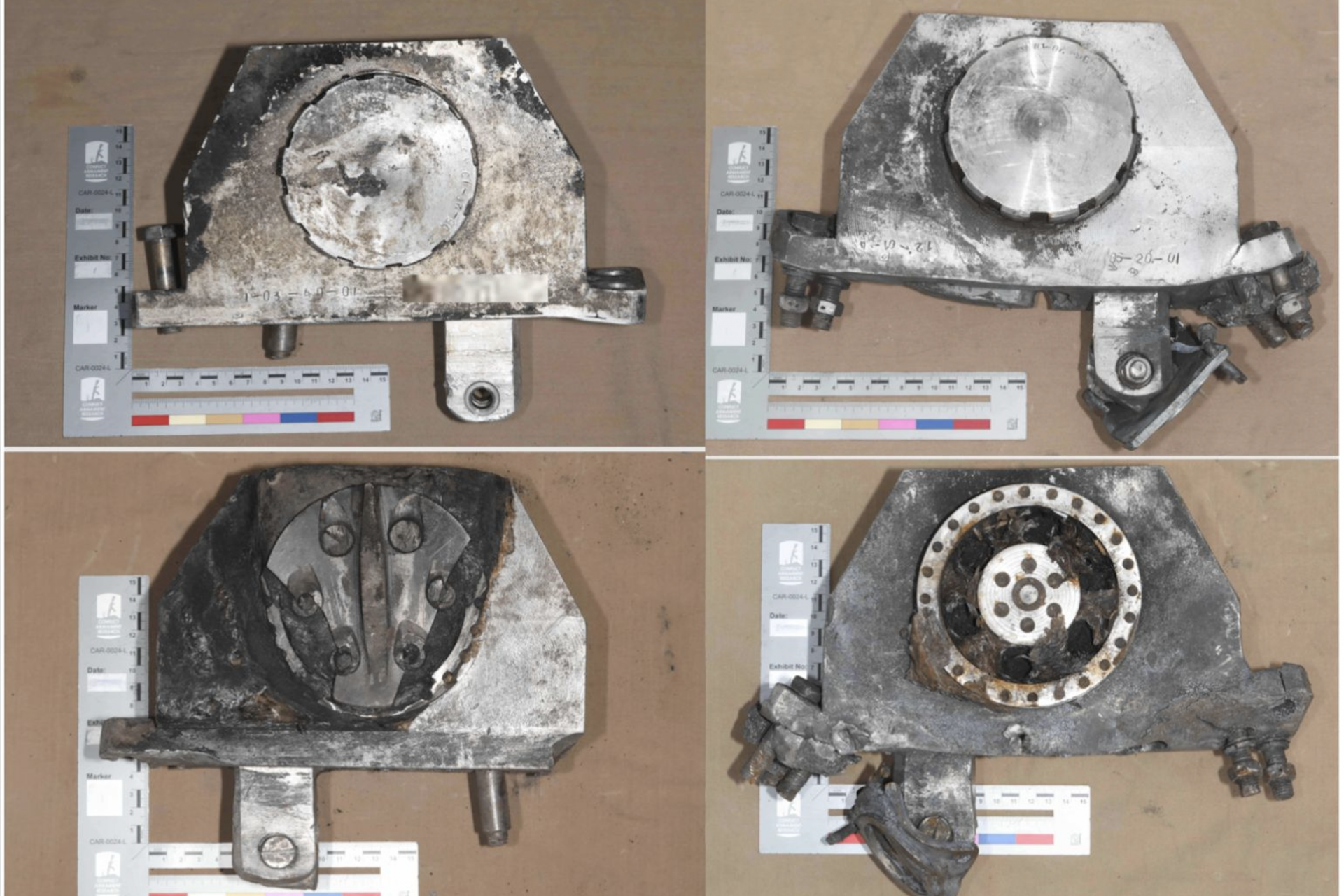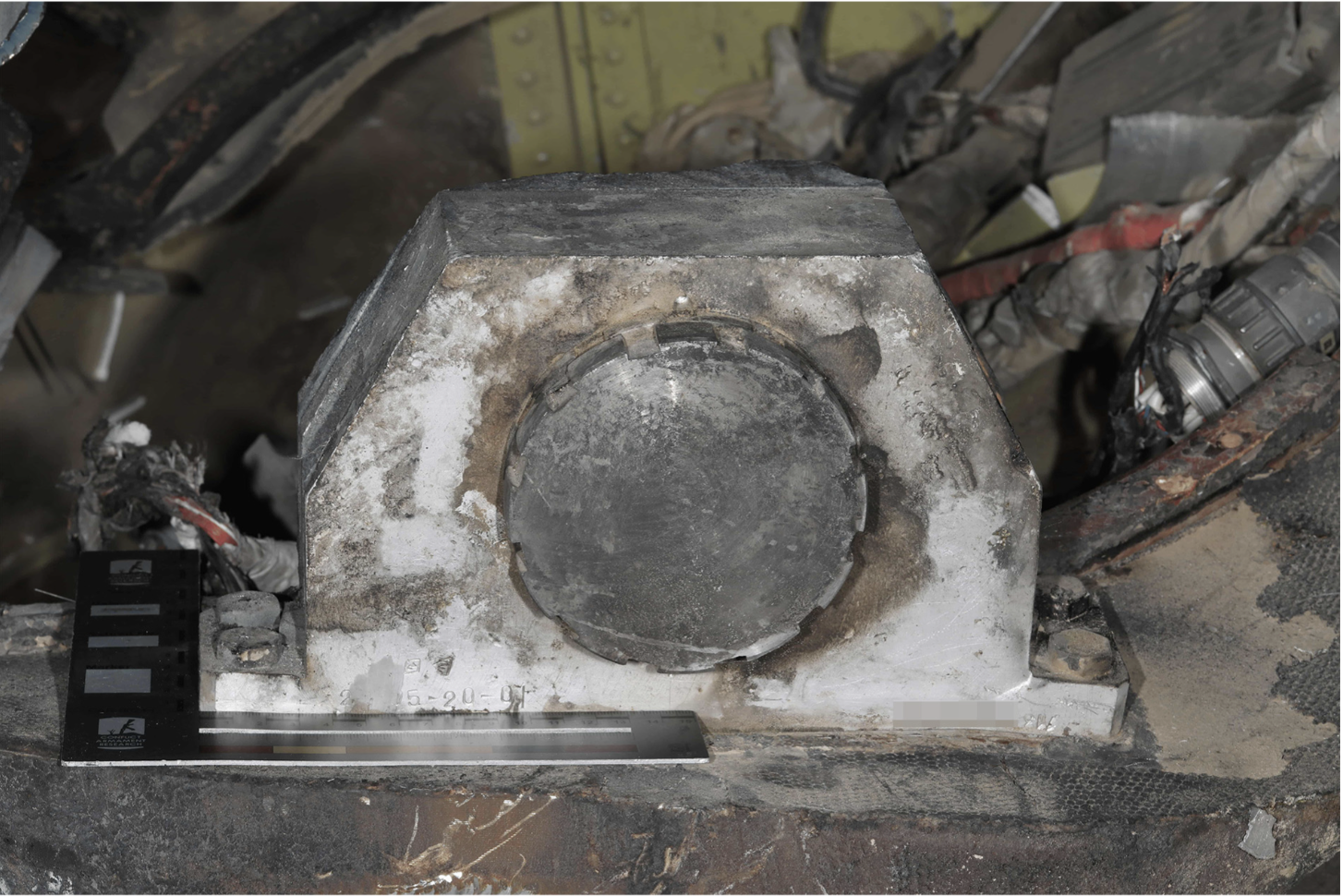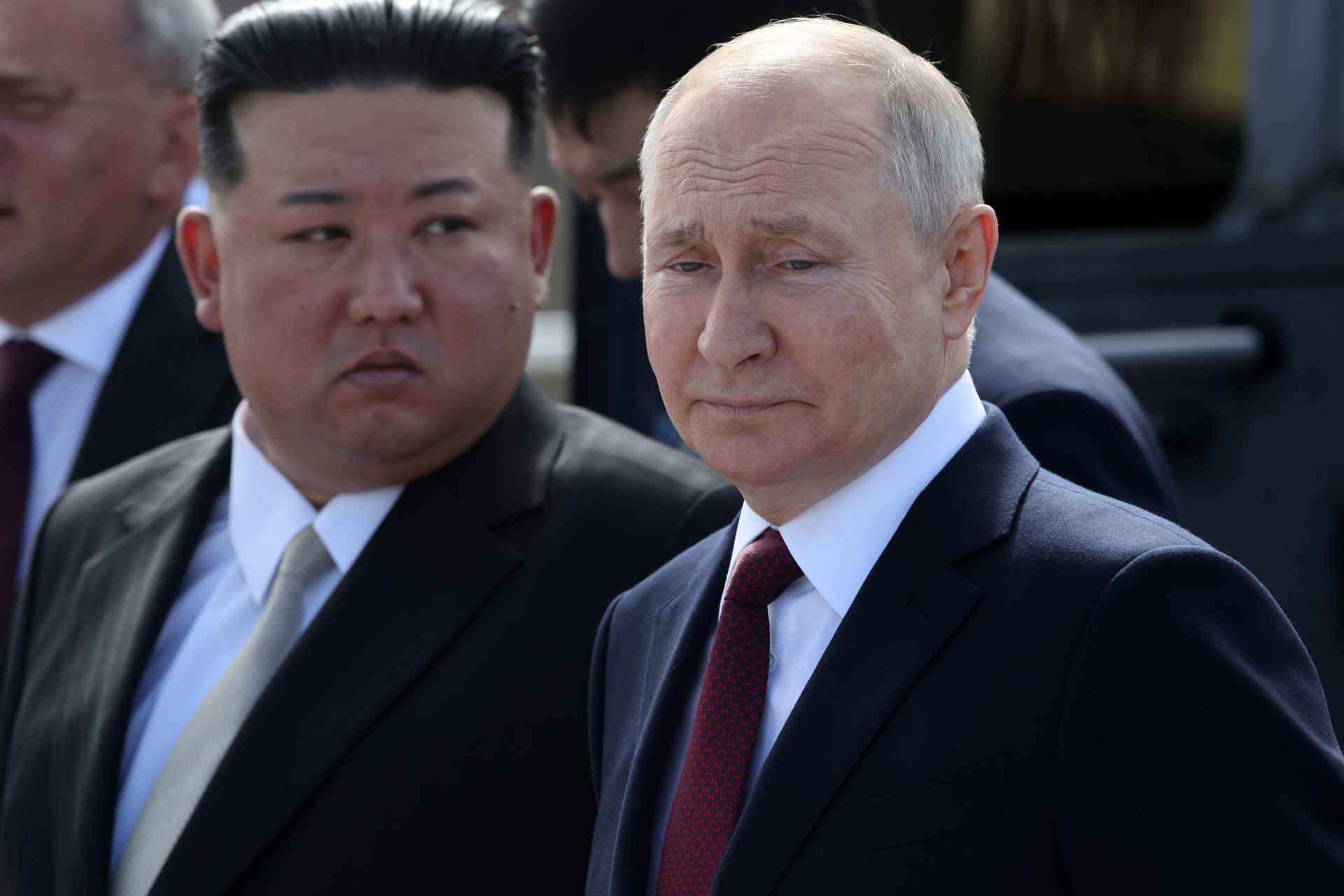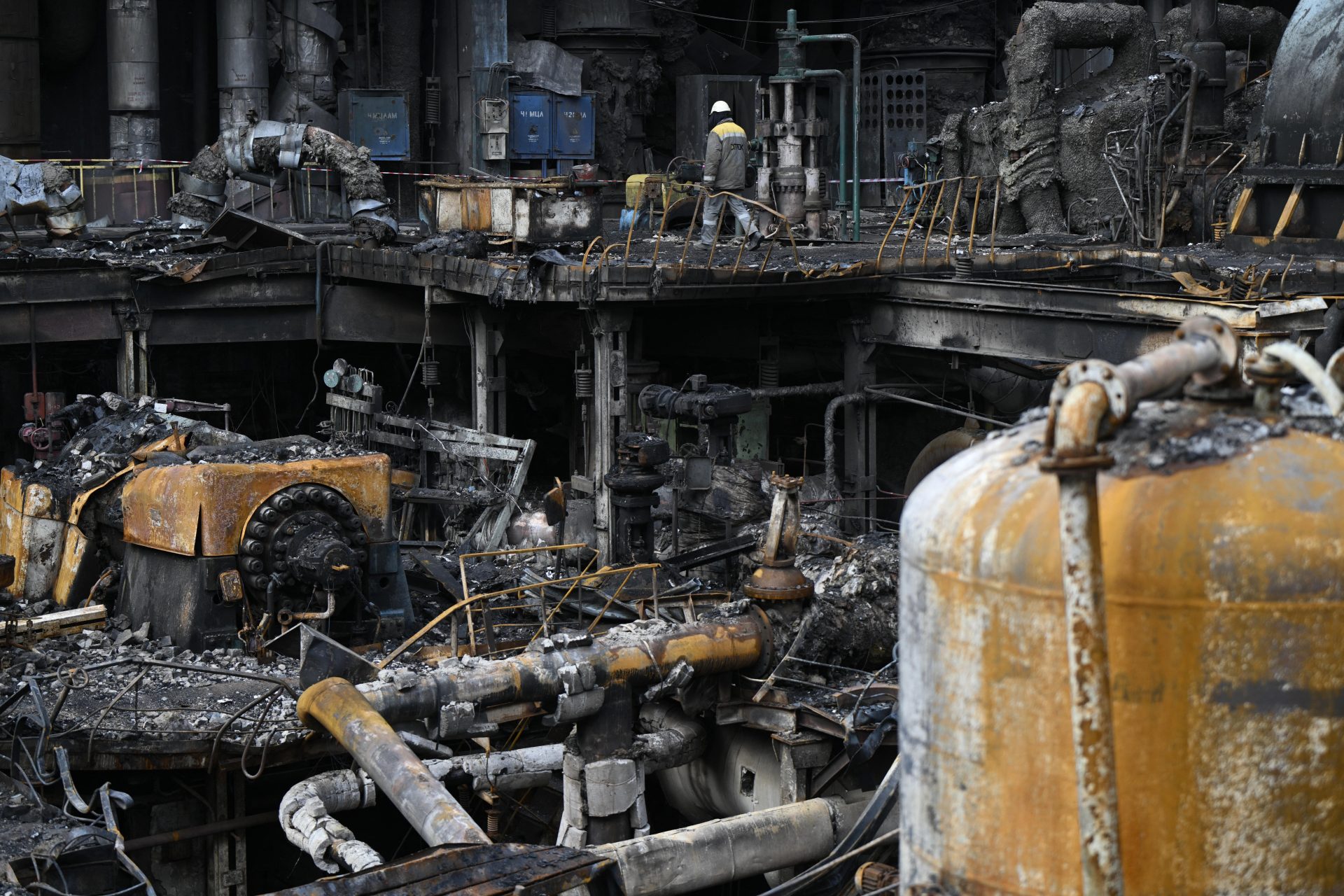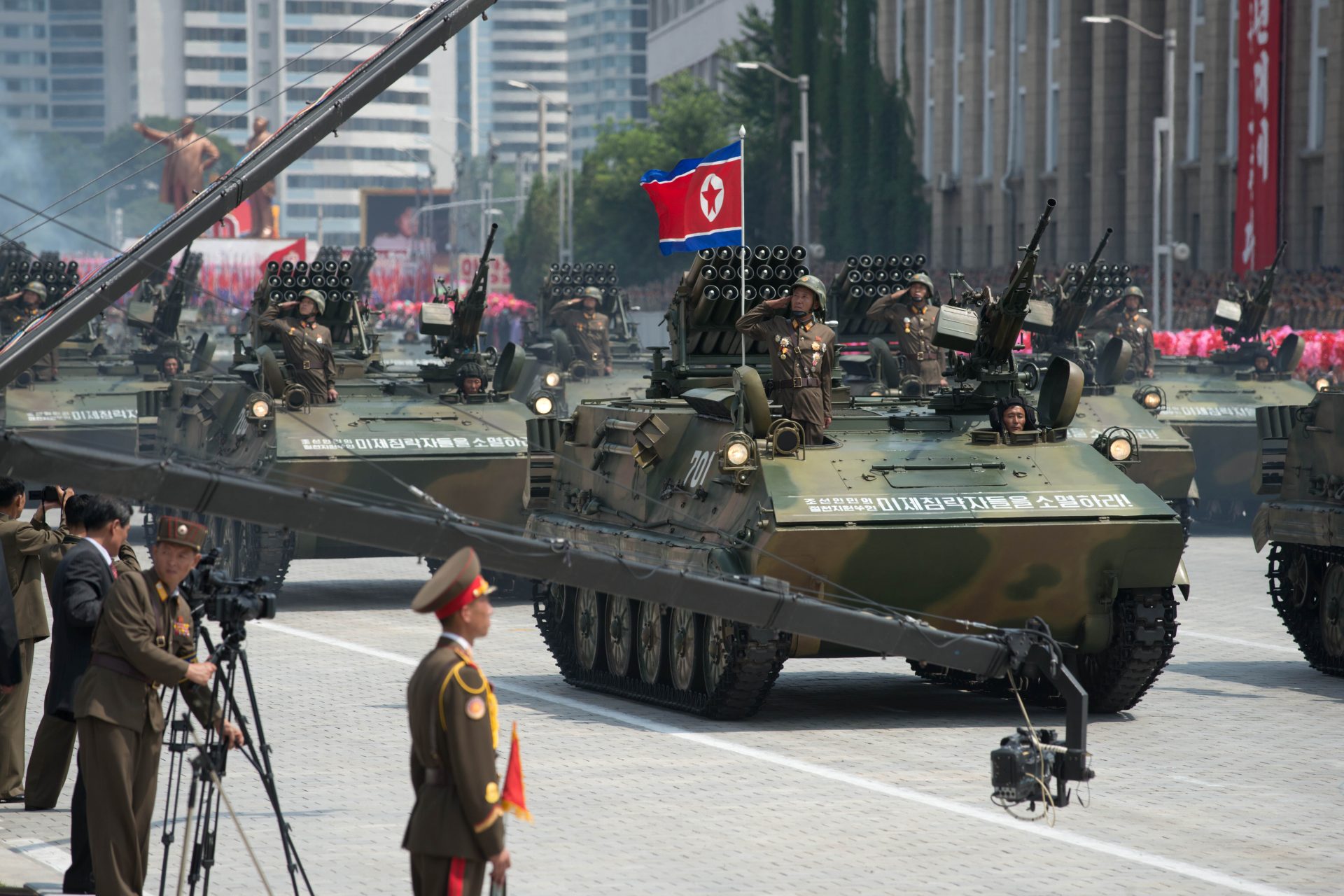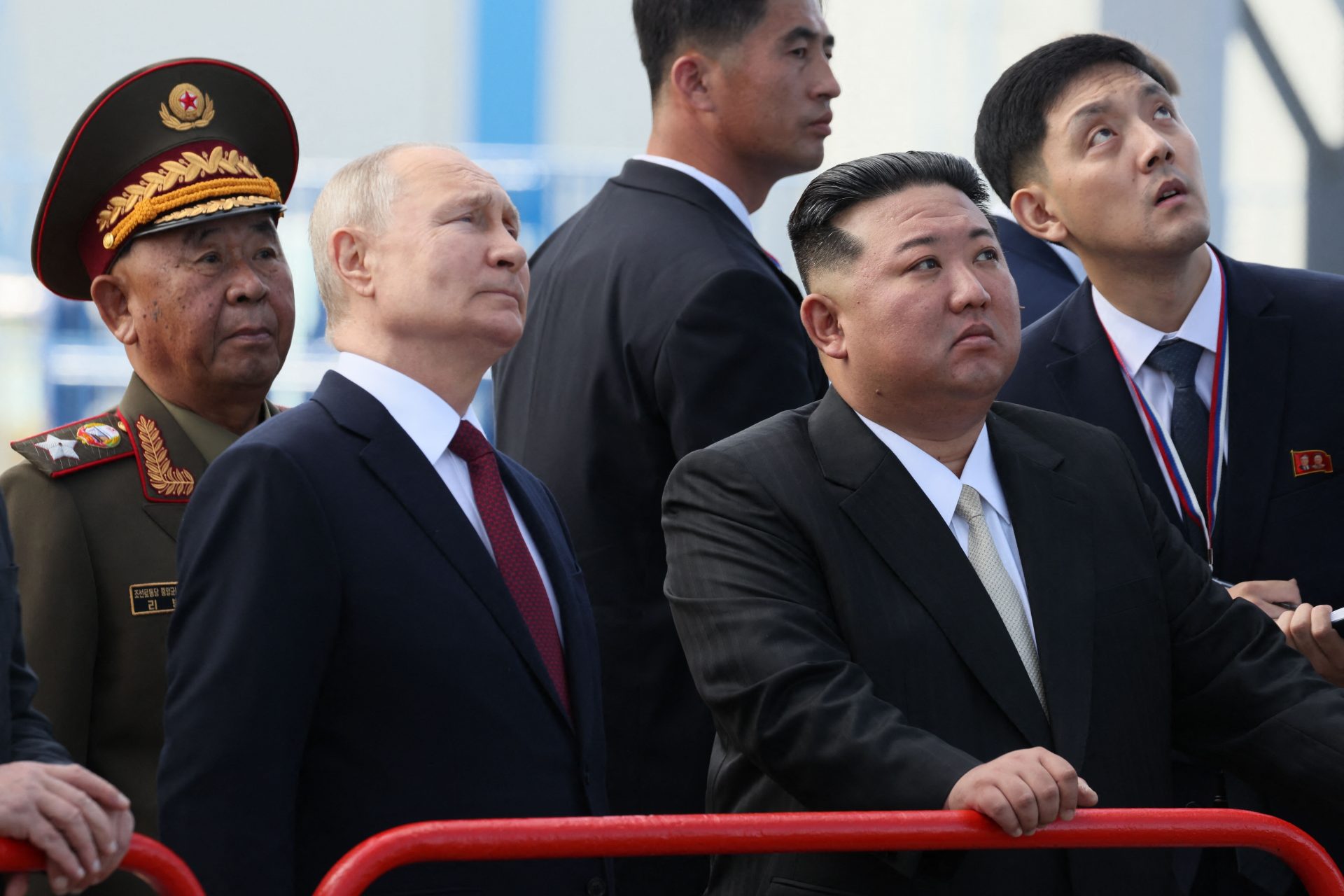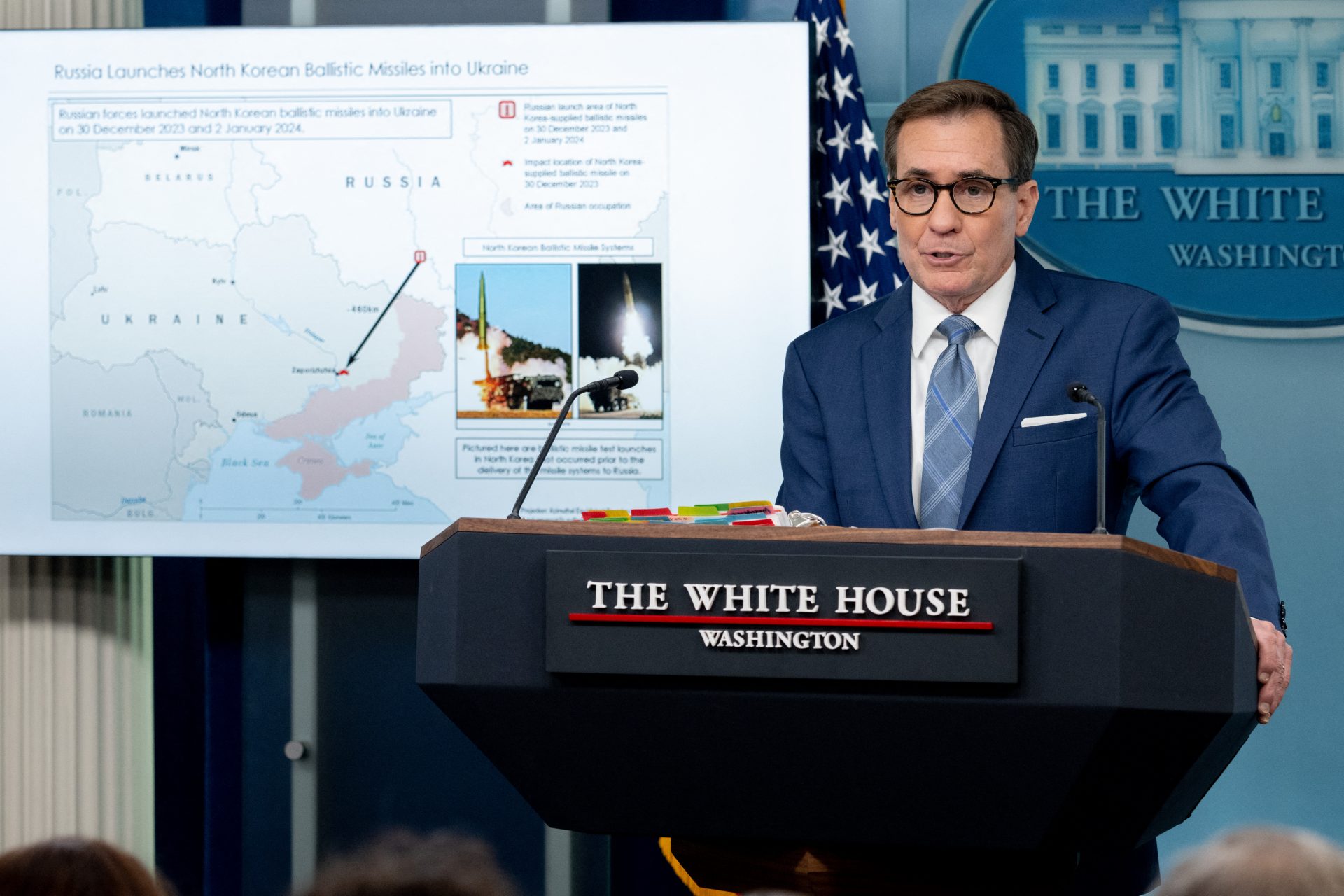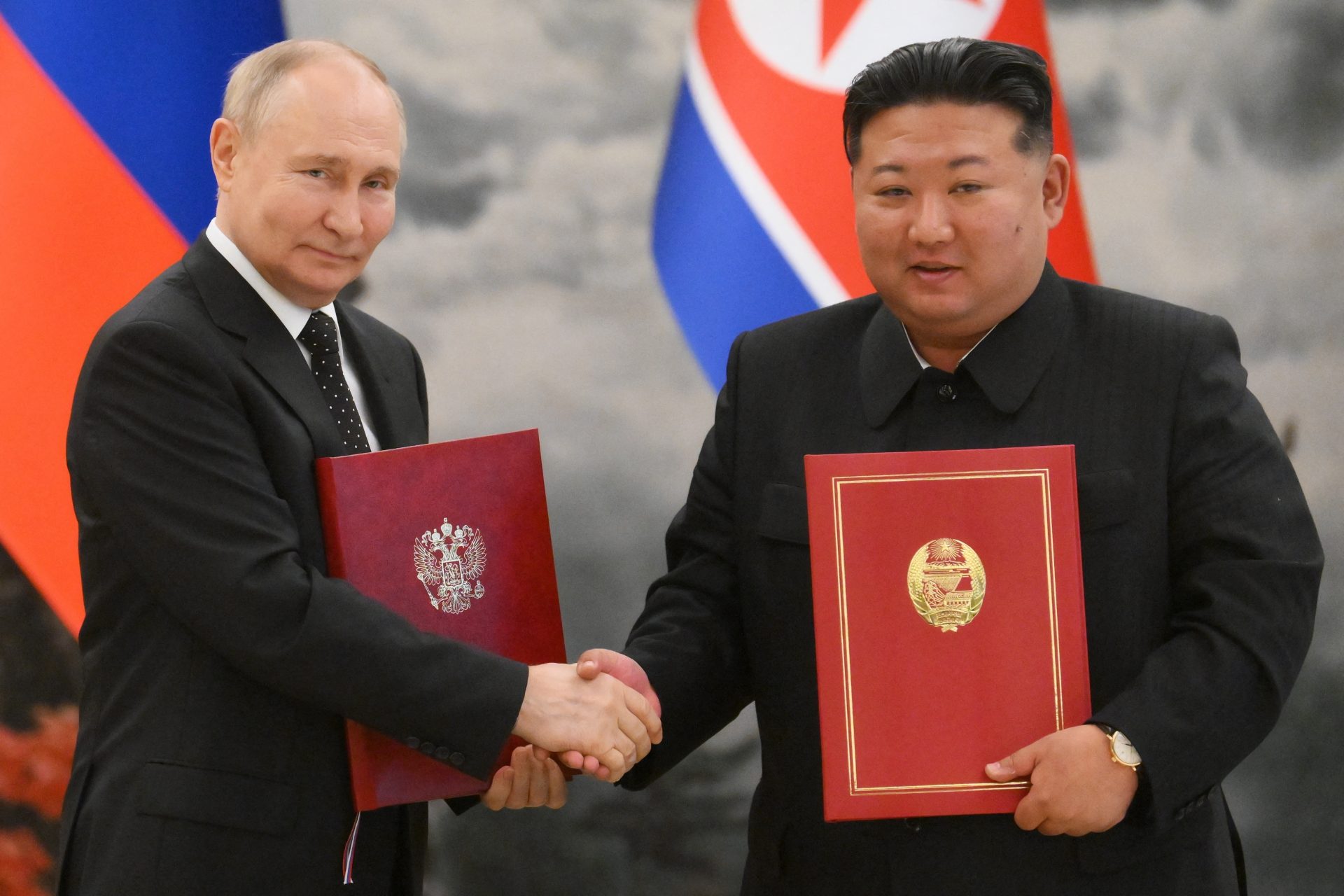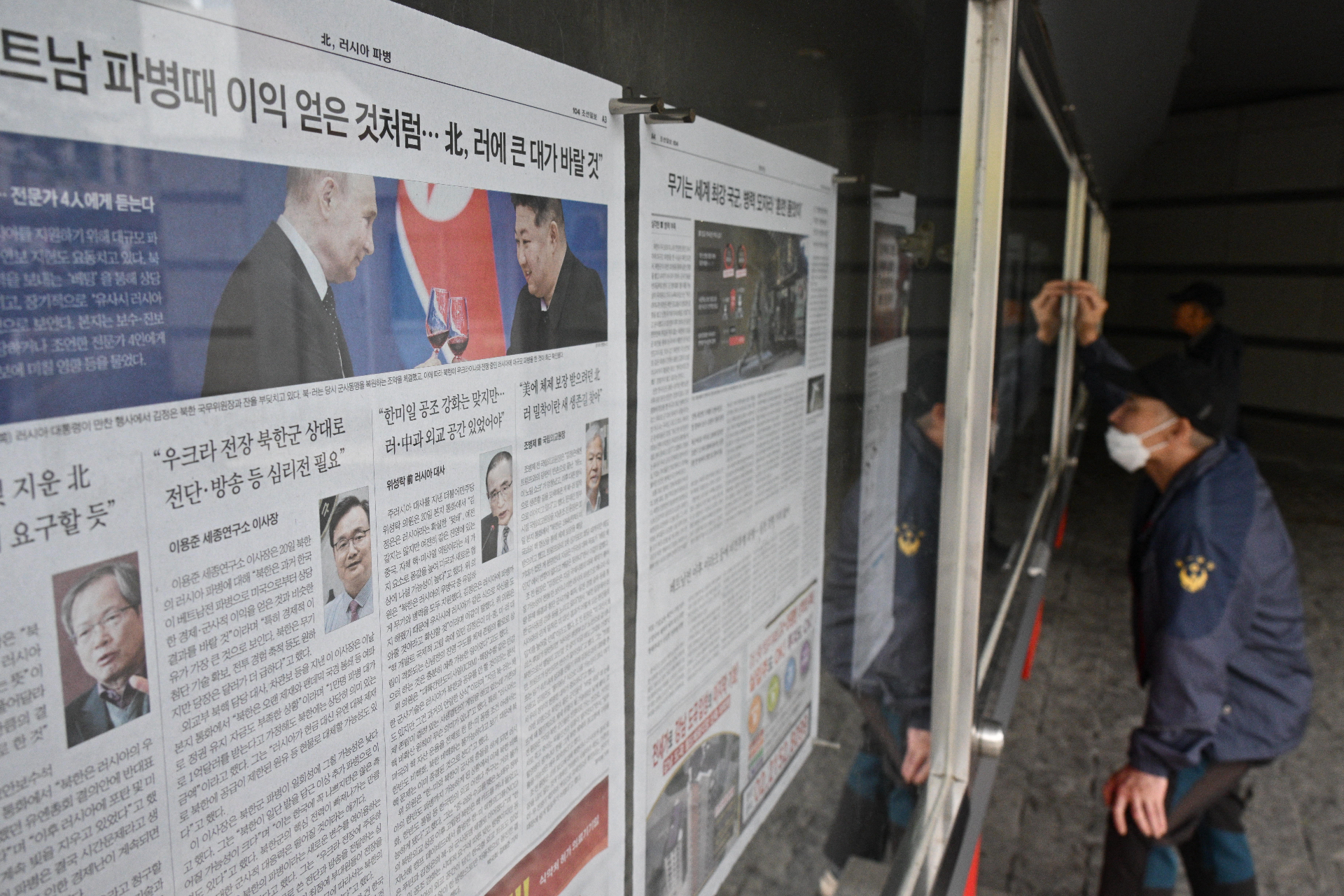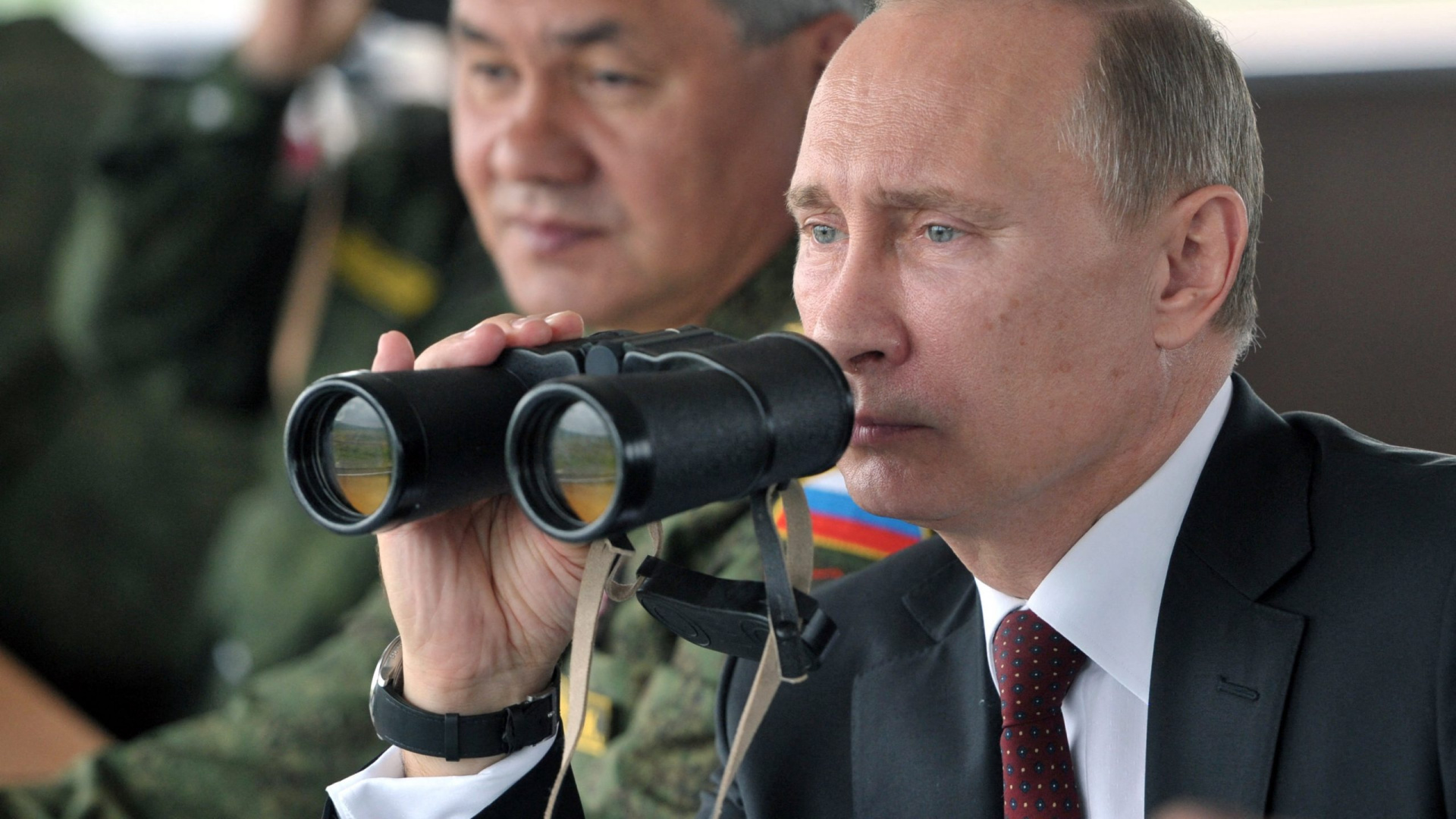Russia continues to use missiles it got from North Korea to attack Ukraine
In September 2024, a new report revealed Russia has continued to employ missiles it obtained from North Korea on targets Ukraine according to the international arms tracking group Conflict Research Armament.
Conflict Armament Research is a UK-based investigative organization that identifies and tracks conventional weapons in conflict zones according to its website. The organization has been tracking weapons use in Ukraine since 2018.
Among the most recent concerning findings from CAR was the discovery that the investigation of several missile attacks on Ukraine from July 30th to August 18th included ballistic missiles from North Korea.
“Having compared the remnants recovered in these previous documentations with those of the four missiles recovered in August 2024, CAR can confirm that the missiles used in recent attacks in Ukraine were also manufactured by North Korea,” the report noted.
Not only were missiles supplied by North Korea used in some of the attacks, but debris from the weapons revealed that some of them included components that were made in 2024—which carries several worrying implications for the world.
Photo Credit: Conflict Armament Research
The September 2024 report from CAR outlined the evidence of its claims and provided photos of collected missile debris that proved the weapons were a product of North Korean origin, which proved that Russia was still using North Korean missiles on targets in Ukraine.
Photo Credit: Conflict Armament Research
The report also pointed out that its team found markings on two jet vane actuators from a missile attack on August 18th that included the marking 113, indicating the parts were made in 2024 based on the Juche calendar.
Photo Credit: Conflict Armament Research Edited by The Daily Digest
“This documentation was the first in which CAR observed a mark indicating production in 2024 on a North Korean missile,” Conflict Research Armament explained in its report.
Photo Credit: Conflict Armament Research Edited by The Daily Digest
The Conflict Armament Research team in Ukraine has previously pointed out the use of code marking 112 on North Korean missile components to indicate that they were made in the year 2023. These were found on missiles fired at Ukraine in 2024.
Photo Credit: Conflict Armament Research
Previous investigations found that North Korean missiles were fired at targets in Ukraine by Russia in January and February of 2024. The missiles used were determined to most likely be either Kn-23 or Kn-24 missiles but could have also been variant models.
CAR provided several images in its report and Chris Panella of Business Insider noted the investigation provided the “latest evidence that an arms deal between Moscow and Pyongyang continues to fuel the war.”
There were three conclusions that CAR drew from its most recent findings. First, Russia was continuing to use North Korean missiles on targets in Ukraine, and second, some of those missiles include components that were made in 2023 and 2024.
“The presence of components produced in 2023 and 2024 among missile remnants illustrates North Korea’s robust acquisition network for its ballistic missiles programme, capable of evading multilateral sanctions regimes that have been in place for nearly two decades,” the report explained.
Finally, the discovery of components in some missiles made in 2024 “reveals a short period between the production of these ballistic missiles and their use in Ukraine.” This hinted at the growing capabilities of the North Korean arms industry.
Russia and North Korea have been deepening their bilateral relationship since Vladimir Putin ordered the invasion of Ukraine. Putin visited North Korea for the first time in 24 years in June 2024 according to NBC News, which outlined the gravity of the visit.
“U.S. officials have told NBC News that in exchange for providing Russia with badly needed munitions, North Korea could get Russian assistance on the military technology it needs to advance its nuclear, missile and satellite programs, including weapons capable of reaching the continental United States,” Janis Mackey Frayer reported.
North Korea’s growing relationship with Russia also sends a message to Pyongyang’s other important ally, China, indicating that Kim Jong Un now has another powerful ally in Moscow.
North Korea has now also reportedly sent abou 10,000 soldiers to Russia, which have been widely reported to be deployed somewhere in the Kursk region of Russia, an area Ukrainian forces invaded in August 2024.
More for you
Top Stories






